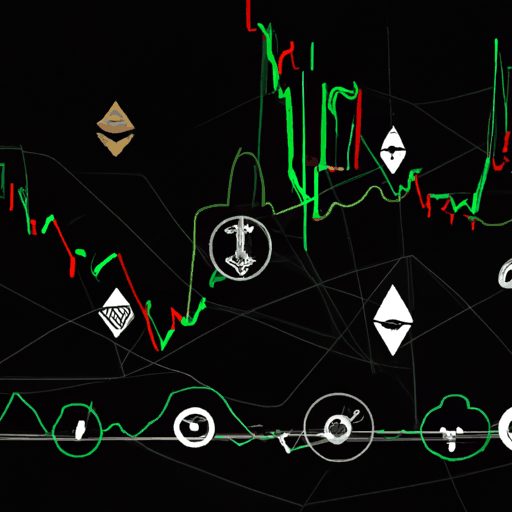
Bitcoin Approaches Acceleration Phase Amid Mixed Technical Signals
By: Eliza Bennet
Bitcoin appears to be entering a critical juncture, with indicators suggesting potential upward momentum reminiscent of past bull markets. Historically, Bitcoin has entered a rapid "acceleration phase" when specific market signals align, as pointed out by the Bitcoin Quantile Model. This model currently shows heightened activity levels that echo the period in late 2024 when Bitcoin witnessed a significant 45% surge post-election rally. The current trajectory has seen Bitcoin achieving new intraday highs, inching closer to a pivotal resistance level, around $108,000, as noted by experts in the crypto space.
Analysts have been observing Bitcoin's price movement within a "Parallel Channel," characterized by a consolidation between two parallel trendlines. These channels can often indicate periods of price stability before a possible breakout. Despite the recent approach towards the upper boundary of this pattern, Bitcoin has previously faced resistance here, sparking concerns about potential rejections at this level.
Furthermore, there are signs of momentum stalling, as evidenced through various technical indicators. The Relative Strength Index (RSI) has demonstrated divergence from Bitcoin’s price, which is generally interpreted as a bearish signal. The RSI peaked in the overbought region, but despite Bitcoin’s price climb, the RSI formed a comparatively smaller peak, highlighting potential warning signals of market exhaustion. In addition to this, the Moving Average Convergence/Divergence (MACD) chart has indicated a bearish crossover, adding to the hesitation in predicting an immediate continuation of the bullish trend.
Amid these mixed signals, Bitcoin recently attempted another break above the $106,000 mark but has since retreated slightly to around $105,300. With the crypto asset teetering on the verge of potential exponential growth, the coming days will reveal whether Bitcoin can overcome these technical hurdles and embark on a new journey to reach all-time highs.



